Polyurethane is everywhere, from your comfy sofa to the wheels on your shopping cart. But how is this versatile material made? The process is all about chemistry and precision. It starts with mixing diisocyanates and polyols, two key ingredients. These react to form a polymer with unique properties, perfect for everything from soft foams to tough elastomers. In this guide, we’ll break down each step of the manufacturing process, so you can see how polyurethane gets its many forms and uses.
Key Takeaways
- Polyurethane is made by reacting diisocyanates with polyols, creating a versatile polymer.
- The manufacturing process allows for customization in texture, from soft to rigid.
- Polyurethane can be molded into various forms, including foams, elastomers, and coatings.
- Additives and catalysts play a crucial role in adjusting the properties of the final product.
- Polyurethane is widely used in industries due to its durability and adaptability.
The Science Behind Polyurethane Manufacturing
Understanding Linear Polymers
Polyurethane is part of a group of materials known as linear polymers. These polymers have a unique structure characterized by carbamate groups, or urethane, essential in forming the material’s backbone. Linear polymers are known for their long chain-like structures that give polyurethane its flexibility and strength. The production of polyurethane involves a chemical reaction between two main components: diisocyanates and polyols. These components react to form long, interlinked chains, resulting in a versatile and durable material.
The Role of Diisocyanates and Polyols
The magic in polyurethane production happens when diisocyanates and polyols meet. Diisocyanates are highly reactive chemicals that serve as the building blocks of polyurethane. On the other hand, polyols are organic compounds with multiple hydroxyl groups. When these two components mix, they undergo a reaction that creates long polymer chains. This reaction is what gives polyurethane its remarkable properties, such as flexibility, durability, and resistance to abrasion. By adjusting the ratios of diisocyanates and polyols, manufacturers can tailor the properties of the final product to meet specific needs.
Chemical Reactions in Polyurethane Production
At the heart of polyurethane manufacturing is a series of chemical reactions that transform simple ingredients into a complex material. The primary reaction involves the combination of diisocyanates and polyols, forming urethane linkages. Various factors, including the presence of catalysts and additives, can influence this process. Catalysts speed up the reaction, ensuring efficient production, while additives can modify the properties of the polyurethane, such as its hardness or color. The ability to control these reactions allows for the creation of a wide range of polyurethane products, from foamed polyurethanes used in insulation and cushioning to rigid components in automotive applications.
Polyurethane’s journey from raw materials to finished product is a testament to the power of chemistry. By understanding the science behind its production, manufacturers can create a material that meets diverse needs, from comfort to durability.
Stages of Polyurethane Production
Polyurethane production is a multi-step process that transforms raw materials into a versatile product used in countless applications. Let’s explore the main stages involved:
Bulk Polymer Manufacturing
The journey begins with the creation of the bulk polymer. This involves a chemical reaction between diisocyanates and polyols. These components react to form long polymer chains, which are the foundation of polyurethane. The choice of polyol can significantly affect the final properties of the polymer, such as its flexibility and durability. This stage sets the stage for polyurethane’s ultimate characteristics.

Polyurethane production
Processing and Formulation
Once the bulk polymer is ready, it’s time for processing and formulation. This stage is crucial for determining the final form of the polyurethane. The polymer can be processed into various forms, including coatings, elastomers, and foams. During this phase, additives like blowing agents, flame retardants, and UV stabilizers are introduced to enhance the material’s properties. For instance, blowing agents create cellular structures in foams, while flame retardants improve fire resistance.
Molding and Finishing Techniques
The final stage involves molding and finishing the polyurethane into its desired shape and texture. Molding techniques vary depending on the intended use, from simple casting to complex injection molding. After molding, finishing processes ensure the product meets specific requirements, such as surface smoothness or precision in dimensions. This stage is where the polyurethane truly takes shape, ready for use in applications ranging from automotive parts to comfortable foam cushions.
Each stage in polyurethane production is integral to crafting a material that’s as adaptable as it is durable. From the initial chemical reactions to the final touches, every step is vital in delivering a product that meets diverse needs.
Diverse Forms of Polyurethane
Polyurethane is a marvel when it comes to versatility, and its diverse forms are a testament to its adaptability. This section explores the various forms of polyurethane and how each form is tailored to specific applications.
Coatings and Elastomers
Polyurethane coatings and elastomers are used extensively across industries due to their durability and flexibility. These materials are known for their excellent resistance to abrasion, chemicals, and weathering. Coatings are often applied to surfaces for protection, while elastomers provide flexibility and resilience in products like seals and gaskets.
- Coatings: Offer superior protection for surfaces against environmental damage.
- Elastomers: Provide flexibility, making them ideal for seals and vibration dampening.
- Applications: Used in automotive, construction, and industrial settings.
Flexible and Cross-Linked Foams
Flexible foams are perhaps the most common form of polyurethane, widely used in furniture and bedding for their comfort and support. Cross-linked foams, on the other hand, are used where rigidity and structural integrity are crucial, like in building insulation.
Flexible polyurethane foams offer comfort and cushioning properties, making them a staple in furniture and bedding industries. Cross-linked foams provide the necessary rigidity for structural applications.
- Flexible Foams: Found in mattresses, cushions, and upholstery.
- Cross-Linked Foams: Used in insulation and structural panels.
- Variety: Includes rigid, flexible, and semi-rigid foams based on hardness.
Thermoplastic Polyurethane Elastomers
Thermoplastic polyurethane elastomers (TPUs) are unique due to their ability to be melted and reformed. This property makes them highly recyclable and adaptable for various applications. They are used in products that require elasticity and toughness, such as athletic shoes and medical devices.
- Recyclable: Can be melted and reshaped, reducing waste.
- Applications: Include footwear, automotive parts, and medical equipment.
- Benefits: Offer a balance of flexibility and strength, making them suitable for diverse uses.
Polyurethane’s ability to transform into different forms underscores its importance in modern manufacturing and product design. Whether it’s providing comfort in a sofa or durability in a car bumper, polyurethane’s diverse forms meet a wide range of needs.
Customization in Polyurethane Manufacturing
Adjusting Polyol and Isocyanate Components
Polyurethane’s adaptability largely stems from its foundational ingredients: polyols and isocyanates. By tweaking these components, manufacturers can tailor the material’s properties to suit specific needs. For instance, altering the ratio of polyol to isocyanate can affect the hardness and elasticity of the final product. This flexibility allows for the creation of polyurethane that ranges from soft and cushiony to tough and rigid. Such customization is crucial in industries like automotive, where different parts require varying levels of firmness and flexibility.
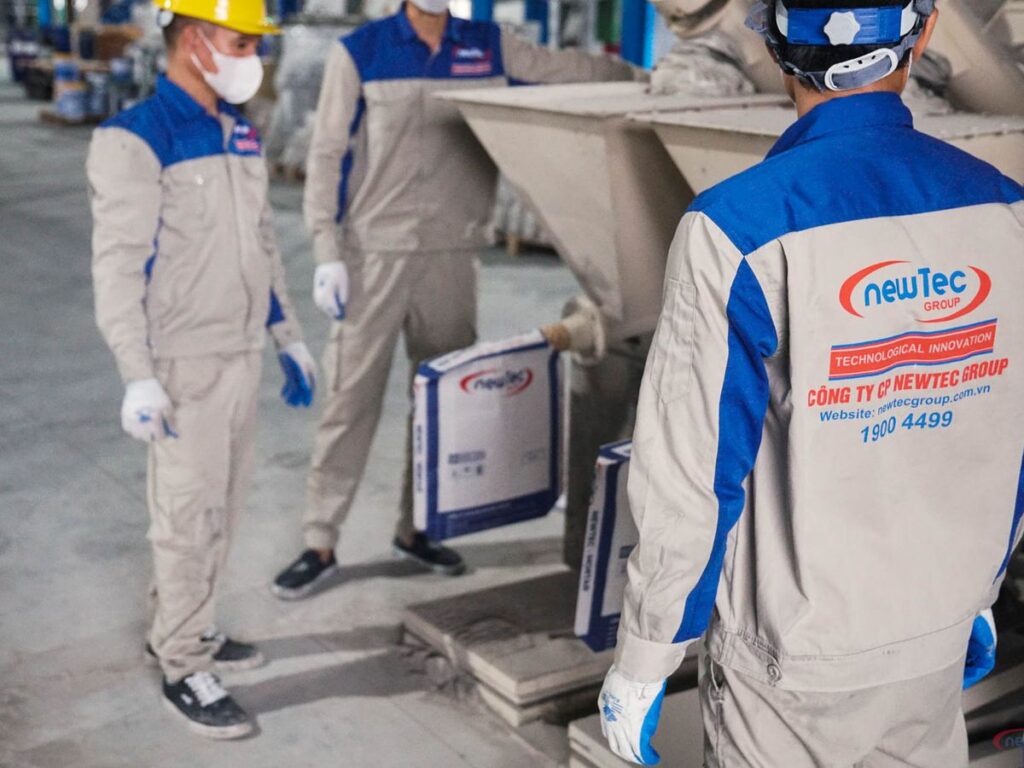
This flexibility allows for the creation of polyurethane
Role of Additives and Catalysts
Additives and catalysts play a significant role in refining polyurethane’s characteristics. They can enhance properties like UV resistance, flame retardancy, and color. Catalysts speed up the chemical reactions during production, ensuring consistent quality and performance. Here’s a quick look at some common additives:
- UV Stabilizers: Protect against sun damage, extending product life.
- Flame Retardants: Reduce flammability, making products safer.
- Colorants: Allow for aesthetic customization, meeting design requirements.
These additives help in crafting custom urethane products that meet specific industry standards and enhance functionality.
Customizing Thickness, Hardness, and Size
One of the standout features of polyurethane is its ability to be molded into various thicknesses, hardness levels, and sizes. During production, the material is poured into molds that define these specifications. This means you can have sheets as thin as a few millimeters or as thick as several inches, depending on the application. Hardness can also be adjusted, allowing for products that are either soft and flexible or hard and durable.
The ability to customize these aspects ensures that polyurethane can be tailored to meet the specific demands of different applications, making it a versatile choice across numerous industries.
Applications and Uses of Polyurethane
Industrial and Consumer Applications
Polyurethane is like the Swiss army knife of materials. It’s used in so many things, from car seats to refrigerators. This stuff is everywhere. In the automotive world, it’s in car seats, bumpers, and even soundproofing. The marine industry uses it to coat boat hulls, keeping them safe from water and wear. And let’s not forget about electronics, where polyurethane protects delicate components from moisture and damage. Polyurethane’s versatility extends to the medical field too. It’s in surgical drapes, tubing, and wound dressings. Its flexibility and durability make it a go-to choice for medical equipment.
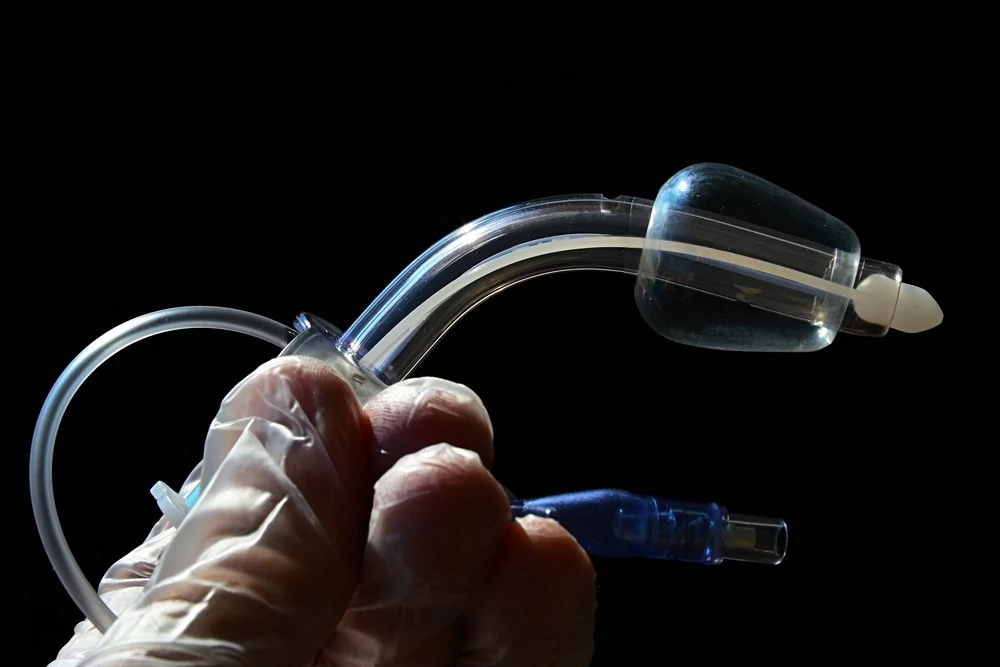
Application in the Medical field
Advantages Over Other Materials
Why choose polyurethane over something else? Well, it’s tough. It’s got a higher load-bearing capacity than rubber, making it perfect for heavy-duty stuff like load-bearing applications in rollers and wheels. It’s also more durable than many plastics and even metals in certain applications. Plus, it can be molded into almost any shape, which is a huge bonus.
Here’s a quick look at how polyurethane stacks up against other materials:
| Material | Load Capacity | Durability | Flexibility |
|---|---|---|---|
| Rubber | Medium | Medium | High |
| Plastic | Low | Medium | Low |
| Metal | High | High | Low |
| Polyurethane | High | High | High |
Future Trends in Polyurethane Use
Looking ahead, polyurethane isn’t going anywhere. With the push for more sustainable materials, researchers are exploring bio-based polyurethanes. These are made from renewable resources, offering the same benefits without the environmental impact.
In construction, polyurethane is being used in energy-efficient buildings, thanks to its excellent insulation properties. It’s also making waves in 3D printing, where its flexibility and strength are highly valued.
As industries evolve, polyurethane continues to adapt, proving that it’s not just a material of the present, but of the future too. Whether it’s in your car, your phone, or even your shoes, polyurethane is here to stay.
Quality Control in Polyurethane Production
Raw Material Selection and Testing
Getting the right materials is step one in making polyurethane. The choice of raw materials, like polyols and isocyanates, sets the stage for the final product’s quality. It’s not just about picking them; these materials undergo a series of tests to ensure they meet the required standards. This part is super important because it influences the hardness, elasticity, and chemical resistance of the polyurethane. You gotta start with good stuff if you want a good outcome.

Quality Control in Polyurethane Production
Curing and Finishing Processes
Once the polyurethane is molded, it needs to be cured. This process is like letting the material “set” and become solid. The curing time and temperature are carefully controlled. Why? Because these factors affect the final properties of the polyurethane, like its impact resistance and stability. After curing, the finishing touches are applied, which often involves precision cutting to meet the exact dimensions needed.
Ensuring Consistency and Performance
Ensuring consistency in polyurethane production is a big deal. Manufacturers often perform tests to check things like density and compression strength. This is where the polyurethane cup test comes into play, evaluating key properties to make sure everything is up to snuff. These tests help in maintaining the performance and reliability of polyurethane products, which is crucial for their application in industries that demand high standards.
Conclusion
So, there you have it. Polyurethane is like that unsung hero in the world of materials. It’s everywhere, from the comfy foam in your couch to the sturdy wheels on your suitcase. The magic happens when those chemicals—diisocyanate and polyol—come together, creating something that can be as soft as a pillow or as tough as a helmet. The process has been around for decades, but it still feels fresh because of all the new ways people keep finding to use it. Whether it’s in your home, your car, or even your clothes, polyurethane is doing its thing, making life a little easier and a lot more comfortable. And who knows what’s next? The possibilities seem endless. Thanks for sticking around to learn about this fascinating material!
Read more: Understanding What is Polyurethane Dispersions: Applications and Benefits Explained


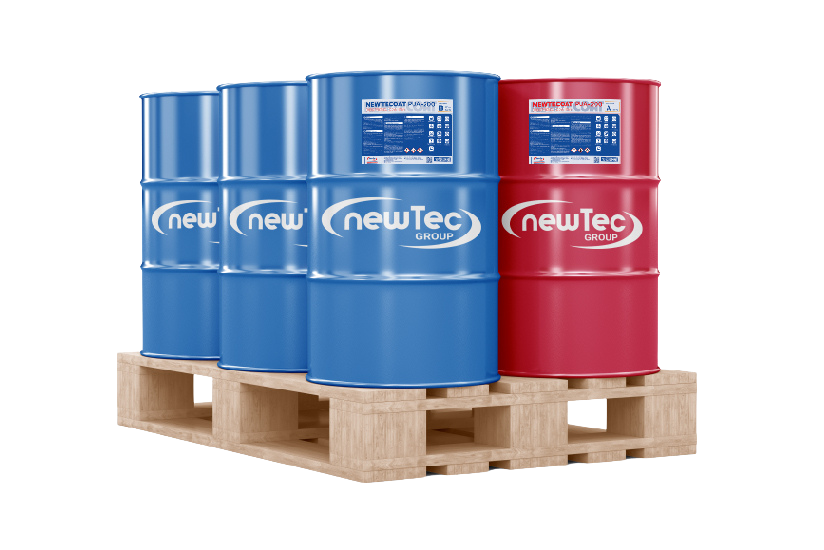
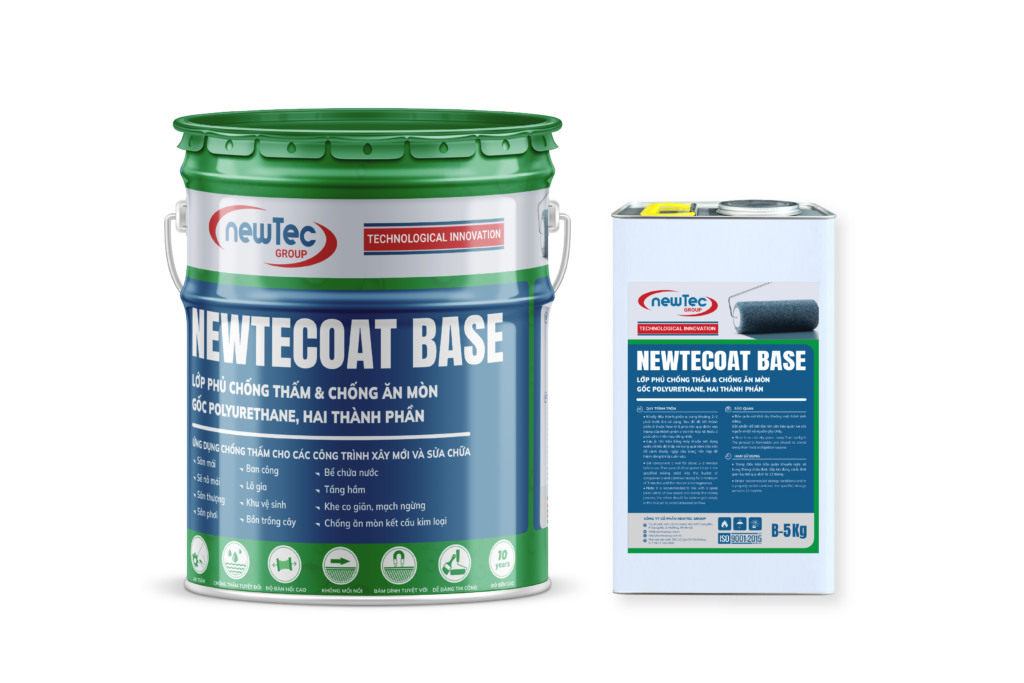
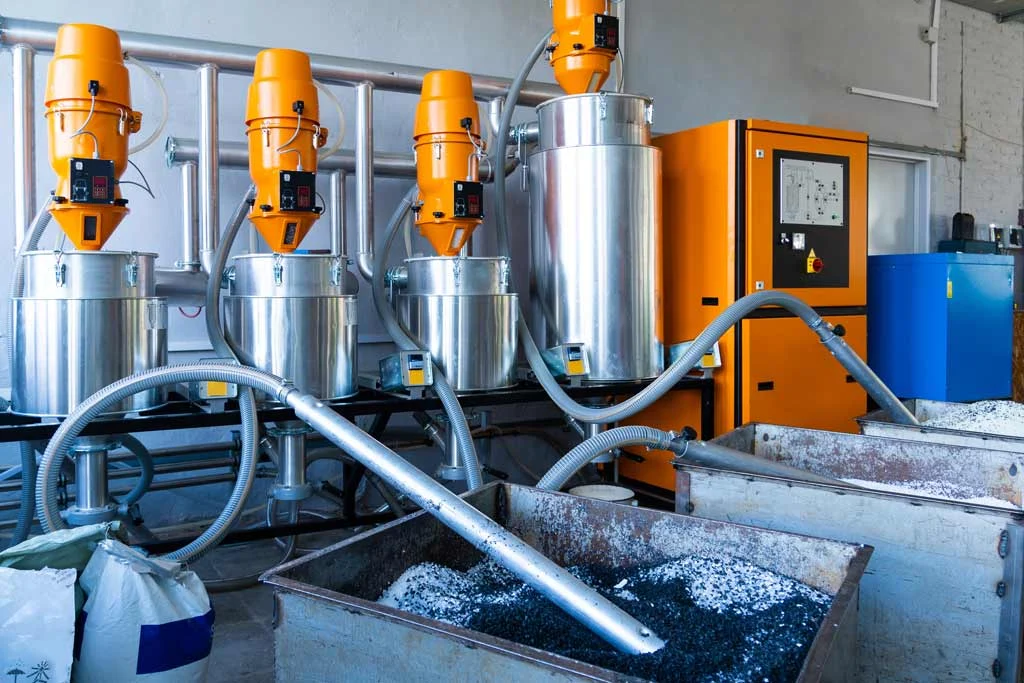
You may also be interested in
Is Polyurethane Safe? Understanding the Risks and Benefits of This Versatile Material
Polyurethane is a popular material found in many everyday products, from furniture to insulation. But
Mar
What Does Polyurethane Do? Understanding Its Benefits and Applications in Woodworking
Polyurethane is a popular finish in woodworking, and for good reason. It offers a tough
Mar
Understanding What is Polyurethane Made Of: A Comprehensive Guide
Polyurethane is a material that shows up in a lot of everyday items, from furniture
Mar
What is Polyurethane Coating and Why You Should Consider It for Your Next Project
If you’re looking for a reliable way to protect surfaces, you might want to consider
Mar
Understanding What Is Polyurethane Foam Made Of: A Deep Dive into Its Composition and Production
Polyurethane foam is everywhere, from the cushions on your couch to the insulation on your
Mar
Understanding What is Polyurethane Made Of: A Comprehensive Guide
Polyurethane is a material that pops up in all sorts of products we use every
Mar
What Is Polyurethane Foam Made Of? A Comprehensive Guide to Its Composition and Uses
Polyurethane foam is everywhere. From the cushion you’re sitting on to the insulation in your
Feb
Is Polyurethane a Plastic? Understanding Its Properties and Uses
Ever wondered if polyurethane is a type of plastic? It’s a question that pops up
Feb